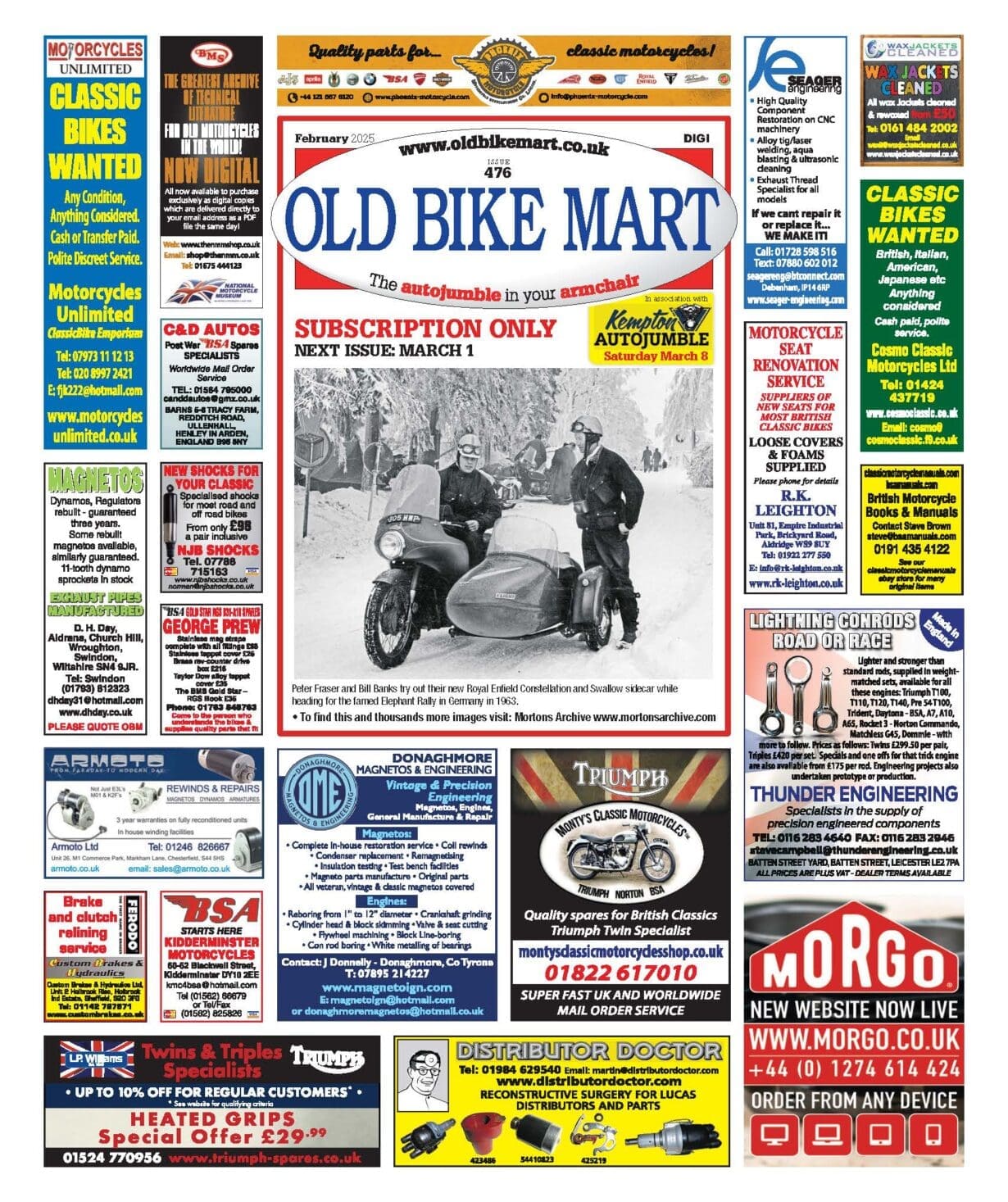Not everyone loves dogs, but this little Corgi is one that some folk might like to have yapping at their heels
WORDS BY MARK WILLIAMS PHOTOS BY ALEX RAMSAY
Funny things, wars. They can cause human suffering on a massive scale, invariably have consequences on the disastrous end of the unexpected spectrum and often presage an unmanageable ballooning of a nation’s debt.
But just occasionally they produce something interesting or amusing.
In the latter department there was Dad’s Army – the long-running TV sitcom and more recently the film – in the former…? Oh yes, there was the Corgi scooter which, looked at from a particular angle, is also actually rather amusing.
For those who have never seen one in the metal, of which very few remain today despite some 25,000 or so of the little blighters actually having been built, the Corgi looks almost like a kid’s toy.
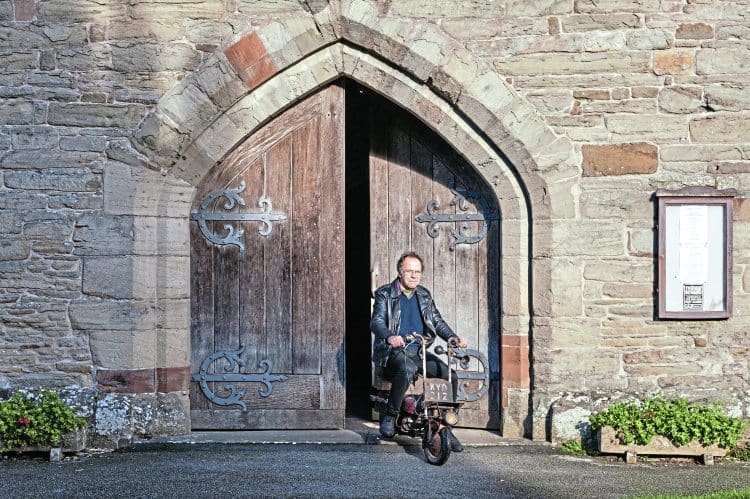
Tip to toe it’s just 51 inches, with a wheelbase of 39 inches on its eight-inch spoked wheels, dimensions not too dissimilar in fact from a modest, modern day motorscooter.
But where the Corgi is most diminutive is in its height, as when its handlebars and seat are folded down for storage, it’s barely 18 inches tall.
But why, you might ask, would anyone want something that wee to ride around on, and therein lies the reason for the bike’s very being: it was originally designed to fit into a 52x15x12-inch metal tube which could be dropped by parachute from a military glider, whereupon it would be extricated and assembled – allegedly in 15 seconds – to provide transport for our brave paras to zip off behind enemy lines and exterminate the Hun.
Some of these containers were fitted with a compression endpiece which cushioned the impact of landing.

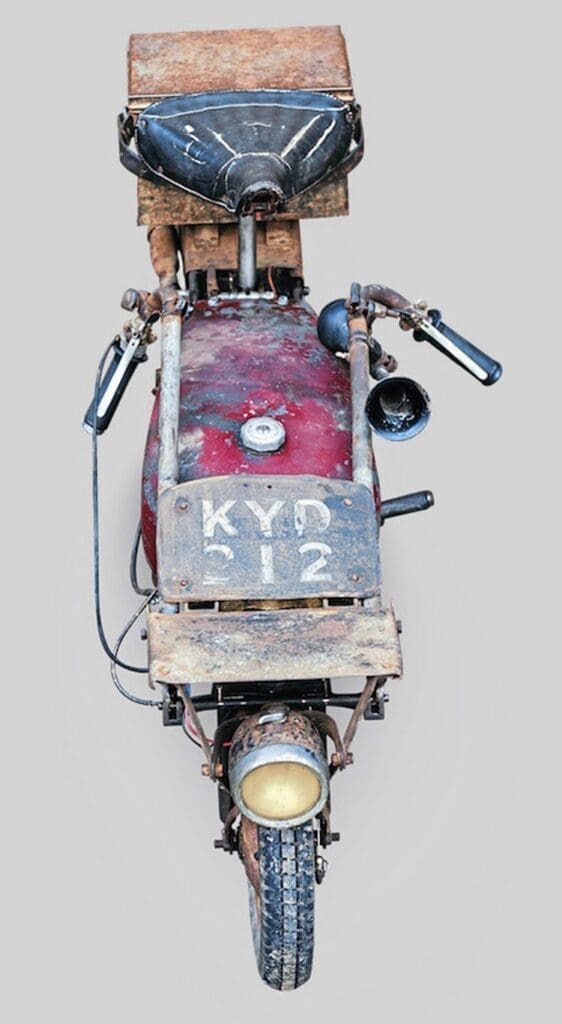
The home of this ingenious design was a top secret military establishment run by Lt. Col. John Dolphin in a mansion outside Welwyn, before it became a Garden City, the name of which was bowdlerised for all manner of innovative devices.
Hence the Welrod (a .22mm silent pistol intended for assassination duties) and the Welgun, a compact 9mm machine gun. Designed by motorcycle enthusiasts Harry Lester and Ken Taylor and built by Excelsior in Birmingham, the original Welbike had an all-welded cradle frame (apparently a ‘first’ for the UK), a small pannier-style fuel tank placed forward of a 98cc Villiers Junior engine which, because it sat below the carburettor, had to be pressurised by a hand-pump.

The Welbike also had a single four-inch brake fitted into the chain-driven rear of its two spoked wheels, no lights, no kick-start and no suspension.
Around 3600 Welbikes were manufactured between 1942 and ’43, but because of its impracticality over the rough terrain that most of our troops were dropped onto – it has a ground clearance of just five inches and tiny, narrow tyres ill-suited to ploughed fields – only a few of them saw active service.
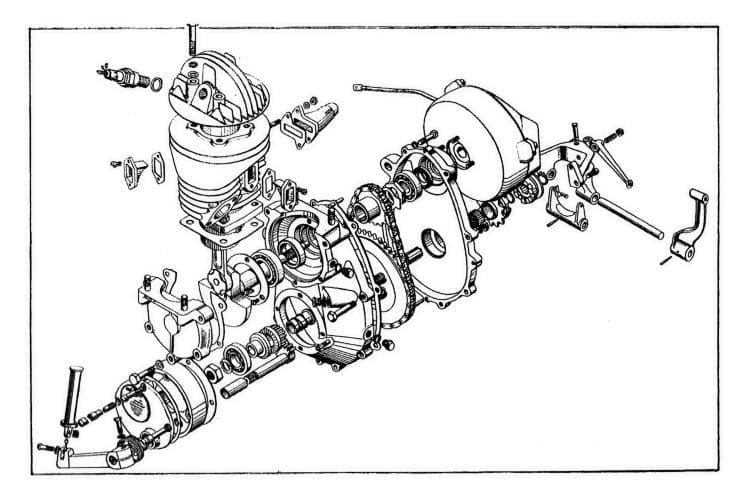
This was mainly with Britain’s 1st and 6th Airborne Divisions, most notably at Arnhem during Operation Market Garden, the majority instead being used by RAF and Army personnel for zipping around their airfields and camps.
A large number of unused examples were bought by an American entrepreneur after the war and sold essentially as playthings, arguably the de facto precursor of Honda’s monkey-bike.
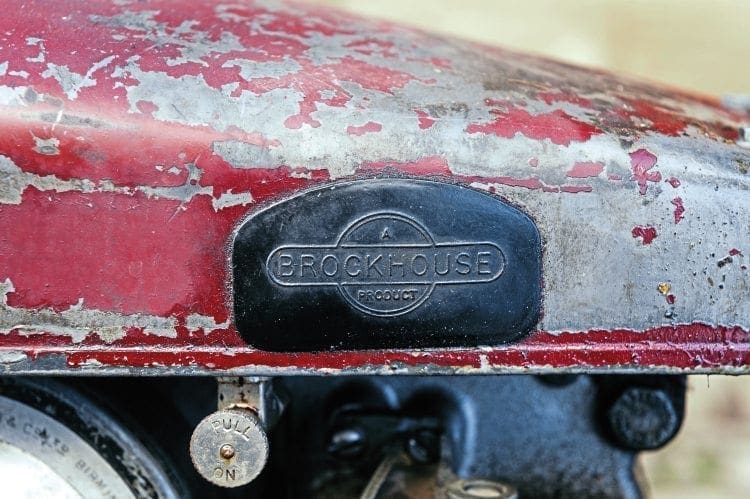
However, the story didn’t end there, for after the war, the man who masterminded the Welbike’s genesis, John Dolphin, set up a company to manufacturer a civilian version, which would become the better-known, and more extensively manufactured Corgi.
These were significantly redesigned with a front brake, a fuel tank above the exactly square 50x50mm, five port, low compression (6.25:1) engine, which was now an actual Excelsior unit of indeterminate horsepower, an arrangement which obviated the need for a pump to prime the Amal 259 carb with its 55 main jet.
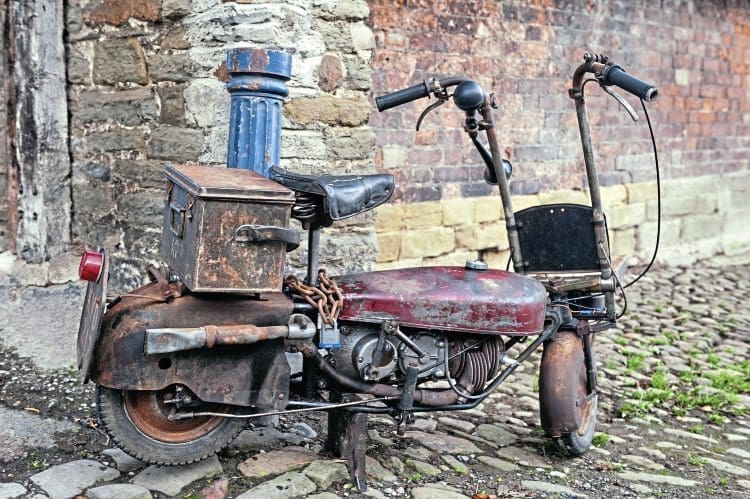
The clutch and primary drive ran in an oil bath carrying Castrol XXL, Essolube 40 or equivalent.
These later machines mostly had dished steel wheels which were, of course, cheaper to manufacture than the spoked variety, and some later models even had a two-speed gearbox.
Aftermarket hydraulic forks were also available and there was even a short-lived sidecar version for those who really liked to go slow.

Now I’m fortunate to live in a small Welsh border town wherein live numerous automotive eccentrics.
We have, for example, a man who specialises in restoring and improving the more unusual contrivances built by George Brough, including those powered by Austin Seven engines.
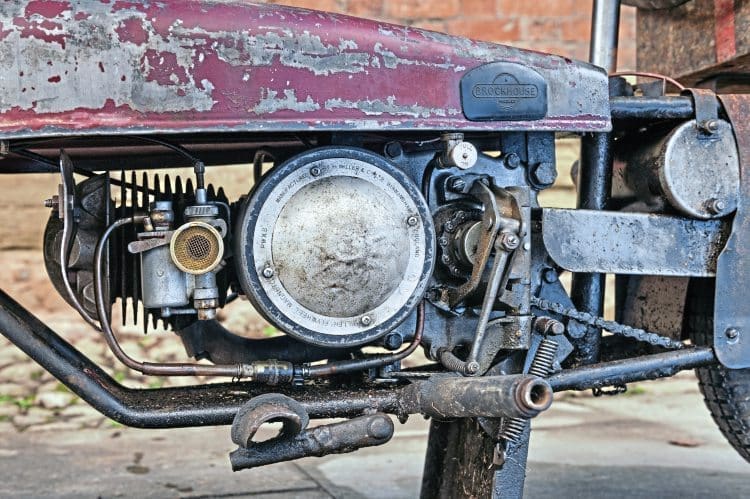
There are several folks whose primary sources of transport are of the three-wheeled variety, including one fashioned from a shovel-headed Harley-Davidson.
We also have what must be the highest incidence per capita of electric two-wheelers found in any British town, at last count numbering some 35, which in a burgh of around 2500 souls works out at 1:71.
It also transpires that we probably have more Corgi scooters stationed here than anywhere else in the country, namely two, but because this is an organ dedicated to two-wheeled awe, I won’t even get started on the weird and often wonderful assemblage of four-wheeled transports owned and fettled by locals…
Except that by default I slightly must, because one of the Corgi owners is a stalwart of the vintage car world and the last man to mass produce sports cars in Wales, Roger Collings.

Via his family’s Ace Capital Holdings, whose primary business in the late 1960s was the making of slot machines, Roger used to own the Gilbern Car Company, acquiring the otherwise bankrupt Pontypridd-based builder of rather good-looking fibreglass-bodied, Ford-powered sport coupes in 1968 and according to a rueful Roger, “every single one we made cost us £1500!”
He also owns an Austin Seven, which he enthusiastically campaigns in vintage hillclimbs, a Lea-Francis (ditto), a monstrous 60hp, 9236cc, chain-driven Mercedes of 1903 vintage and one of only three Züsts that are left in the world, a formidable 4.7 litre beast he bought “for £206 shortly before I got married in 1959”.
The Züst, like many of Roger’s rare and, let’s face it, peculiar vehicles had unconventional origins, built as it was by a Swiss manufacturer of hydro-electric plants in Brescia, Italy, whereas his Corgi came from rather closer to home, Brockhouse Engineering based in Southport, Lancs.
His enthusiasm for the Corgi stems from his schooldays when he lived with his parents in Llandaff Castle, an ancient building south of Cowbridge in Glamorgan.

“Rummaging about in a Norman tower I found my first Corgi, I think its reg was JCE 25.
“For a lad of 14 to find this thing languishing there was just too exciting, so I spent the next six months searching for bits to get it going.
“Fortunately, we lived on top of a hill because this one was an earlier model which didn’t have a kick-start – you had to start it by pushing it, which was very tiresome.
“I used it to ride to school every day – illegally of course – about eight miles, but if you got stopped by a bobby you’d just get a ticking off.
“I actually passed my test when I was just 16 on a 1925, 150cc Monarch, belt-drive model with a hand gearchange.
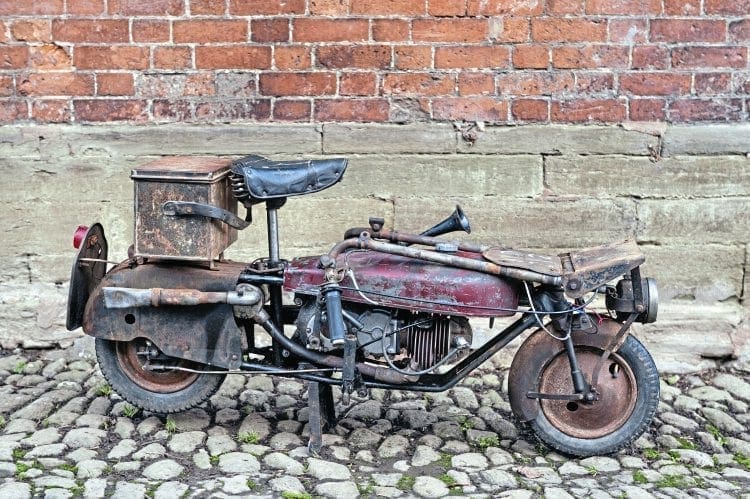
“And because I’d warned him in advance, when I turned up on this ancient machine the examiner made me go all around the Clifton Street area in Cardiff so his cronies could come out and have a bit of a laugh watching me on this weird, hand-gearchange, belt-driven contraption.”
More recently Roger used a pushbike for going shopping (he also owns a penny-farthing), which involves going down a one-way high street the ‘wrong’ way, “but I thought it’d be nice to go through the churchyard around the block and go down the high street the right way, and so I started looking for another Corgi.”
That led to a Bonhams Auction in Oxfordshire last year where he acquired an unrestored but complete machine for £1100, which “I thought was about right.”
And it was, for on the rare occasions they come on the market restored examples can fetch thrice that and there’s even a company in Stoke-on-Trent, Welbike UK Ltd, making Mk1 replicas with price tags well north of £4000. They also sell pattern spares.

Mr Collings continues his tale: “When I got it back I unfortunately discovered that there were parts missing: the rotor cam on the magneto, the points and various other things on the Excelsior engine, and they were initially very hard to get hold of.
“Also, someone had actually converted my first engine to use a Bantam ignition, so it was a bit of a mish-mash. But I managed to find another engine on eBay, which turned out to be just down the road in Ross On Wye, for £18!
“And from that engine with its good ignition I managed to get this one going. But only after using my friends in the Vintage Motor Cycle Club to find another flywheel because the centre boss on this one was cracked. That came from a man in Falkirk. So now I’ve got more Corgi engines than I’ve got Corgis.”
Roger adds that as well as sourcing expert help, the VMCC was incredibly helpful in providing a ‘Certificate of Recommendation’ which authenticates and dates such a rare and idiosyncratic vehicle – vital when applying for it to be road registered.
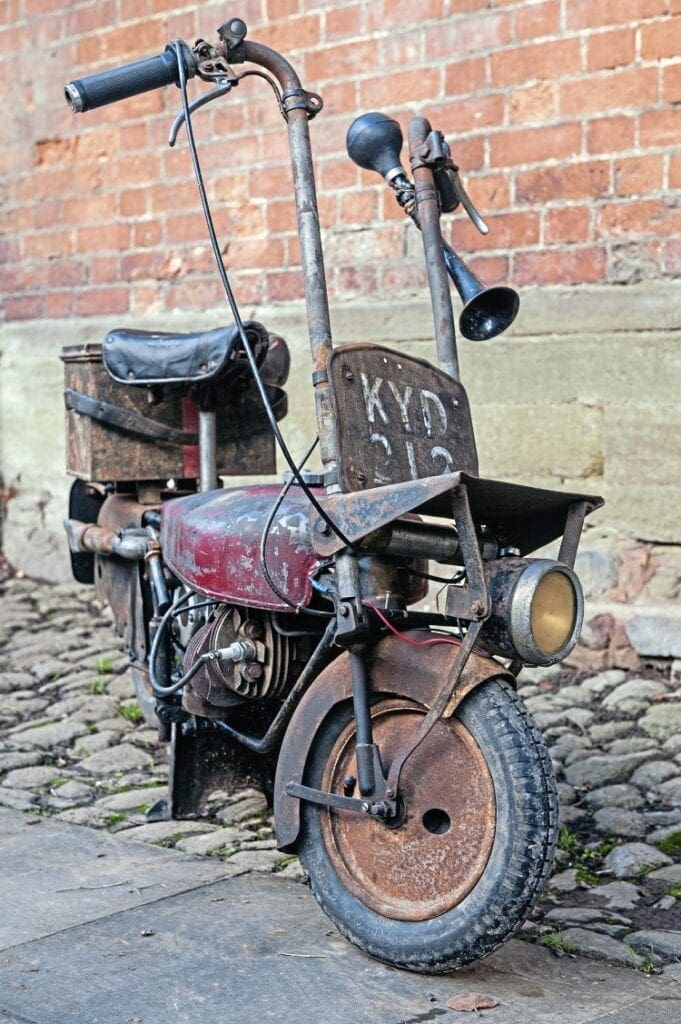
As someone with a keen engineering background, Roger is impressed by the bike’s Excelsior Spryt engine. “It’s very well designed for a two-stroke,” he enthuses.
“The con-rod and crankshaft run in roller bearings and it runs happily on 20:1 petroil… or thereabouts. I did have to reline the clutch though – 19 cork inserts – but I found this chap Mike Chenery in Sussex (01428 707538) who charged me only £14 and turned it round in just three days.”
Starting it is simply a matter of raising the offside footrest, which operates a dog clutch to the single-speed gearbox, then turning on the fuel tap, applying a bit of carb-mounted choke if it’s cold, priming the carb and then giving the folding kick-start lever a good kick.
The kick-starter connects to a quadrant, which meshes with a gear-mounted ‘breaker’ on the clutch shaft and is thus disconnected from it once the engine is running.
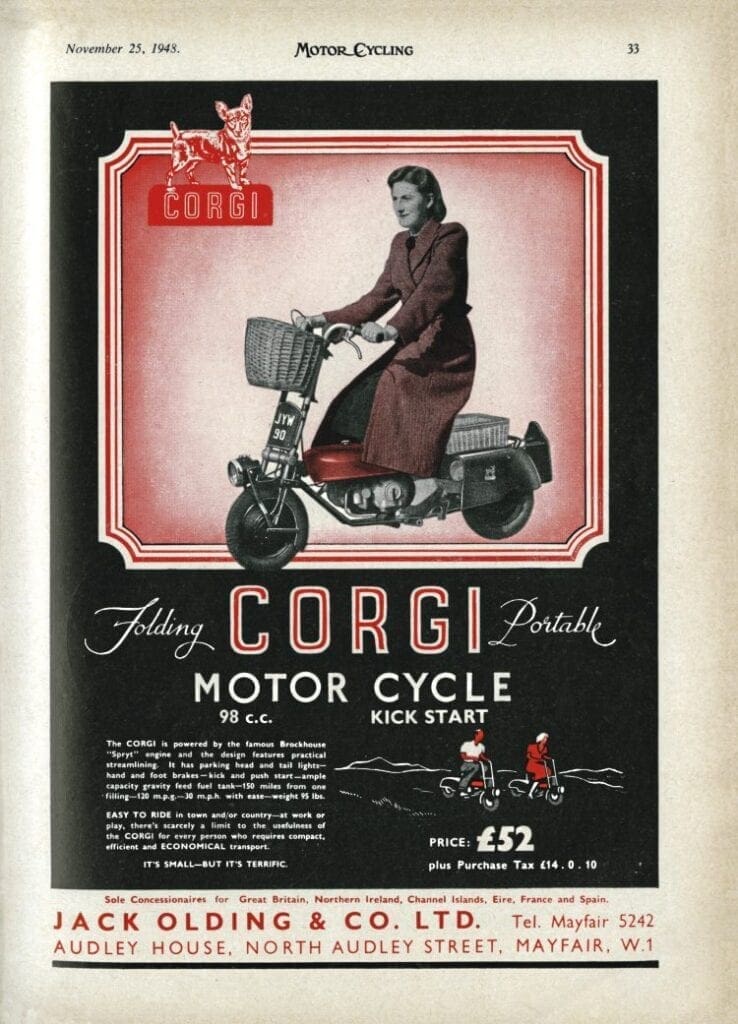
At that point you return the footrest to its normal position, pull in then release the handlebar clutch, possibly with a bit of slippage, and gradually open up the throttle.
It’s a clever design conceived for ease of use by a fully kitted out, non-mechanically minded soldier, and works well today, even for the uninitiated.
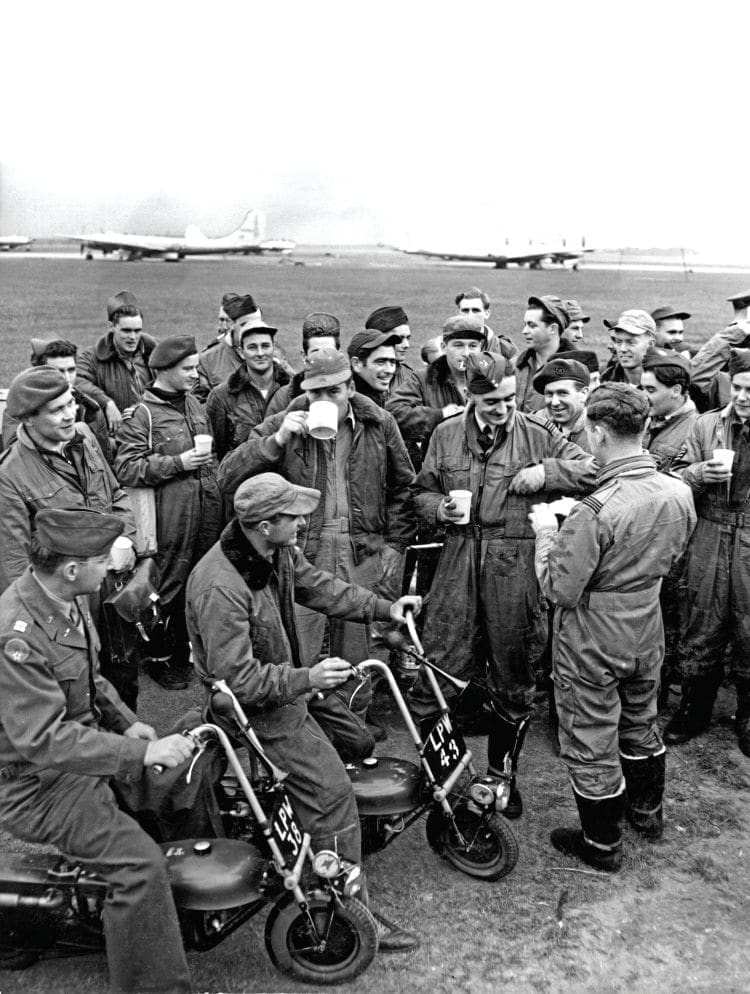
Once under way progress is surprisingly brisk, but without a speedo it was impossible for this writer to assess its actual speed, although it happily cruised along at what felt like a decent clip even with the throttle fully against the stop.
So much so that Roger claims that it is a “satisfactory machine for local work, but my ambition is one day to ride it to London.”

Rather him than me, especially as there’s a lot of vibration at the upper end of the powerband, and quite a lot of smoke from the alloy and steel pipes that constitute the exhaust arrangements.
The rear brake is fairly effective for a bike of this weight and power but Roger cautions against using the front one “which is too flimsy and I’m afraid may come apart.”
His Mk2 is also fitted with a delightfully period Lucas front lamp which somewhat resembles the lights fitted to his vintage cars, although as with the Lucas rear lens, it’s fairly useless at actually illuminating the road ahead.
Current for both lights and sparks is supplied by a Wico-Pacy Gennimag.

As the photos show, this is a working bike with, shall we say, charmingly unadulterated (and not to say rusty) patina, to the extent that the Corgi transfer on the rear mudguard is barely still visible.
Roger has also, perhaps wisely given his long distance aspirations, fitted his bike with an appropriately, erm, rusty metal toolbox which unfortunately means that the seat, surprisingly comfy for short runs on this suspension-free machine – cannot be lowered flat onto the frame.
However, the handlebars can be, and it is simply a matter of sliding two sprung ferrules aside in their brackets attached to the yoke and giving the bars a good shove earthwards.
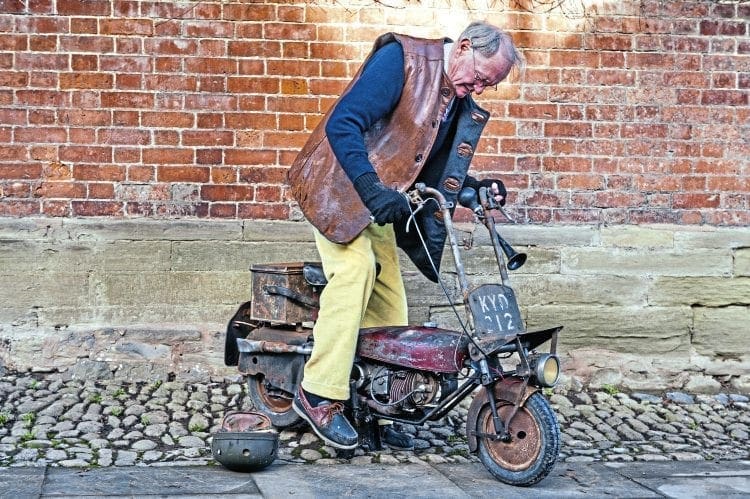
Living directly across the street from Roger, I can attest to the huge interest the little bike attracts from passers-by.
Some older folk do seem to remember them from their National Service days, while others are simply intrigued by its strange but not unattractive appearance.
One person who saw his Corgi chained up, as it invariably is, to the Collings’ wrought iron fence, was retired teacher Peter Blunt, who lives half a mile up the road and who remembered that he had a Mk2 hidden away in the back of his barn.
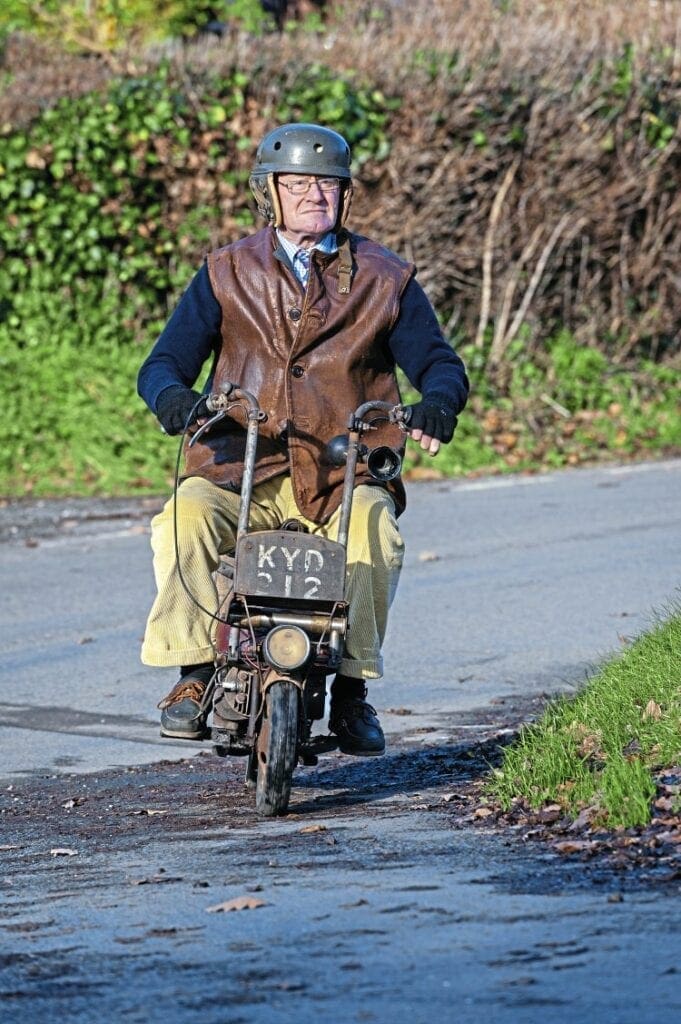
He got his, a rare two-speeder, for his sixteenth birthday when he was growing up in the family home in Kent. Suitably inspired by Roger’s own machine, Peter eventually dug it out and is now in the process of making it a runner and roadworthy.
Anyone else who finds themselves in possession of one of these remarkable bikes might not have as much trouble as Roger had finding parts for it.
As well as Welbike UK Ltd, there are several specialists supplying Villiers/Excelsior engine parts, its odd-sized tyres and the various electrical components.
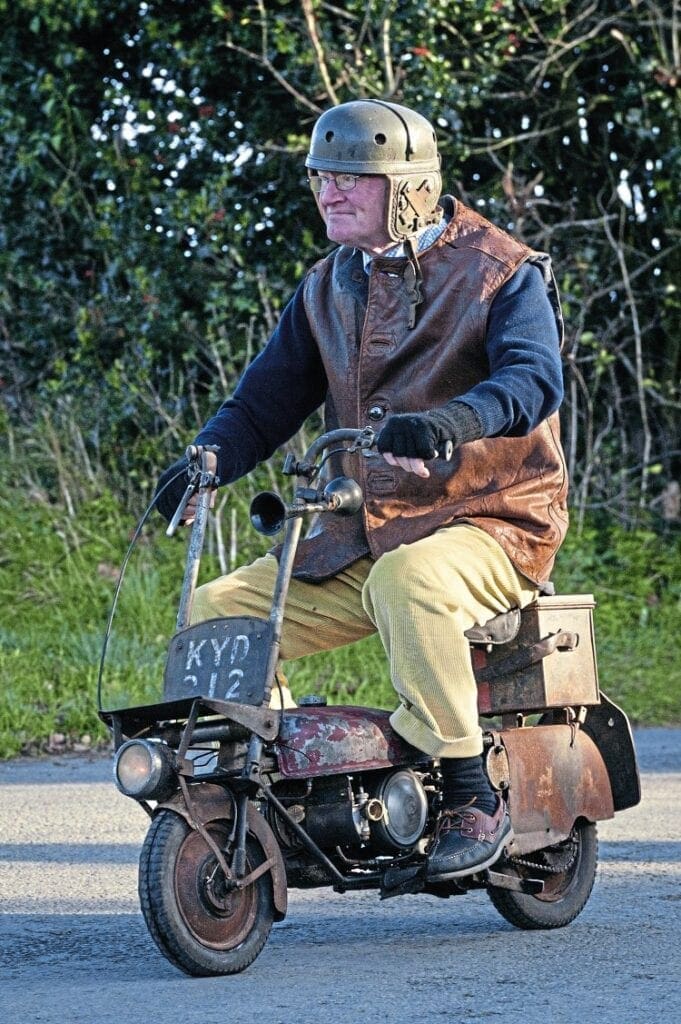
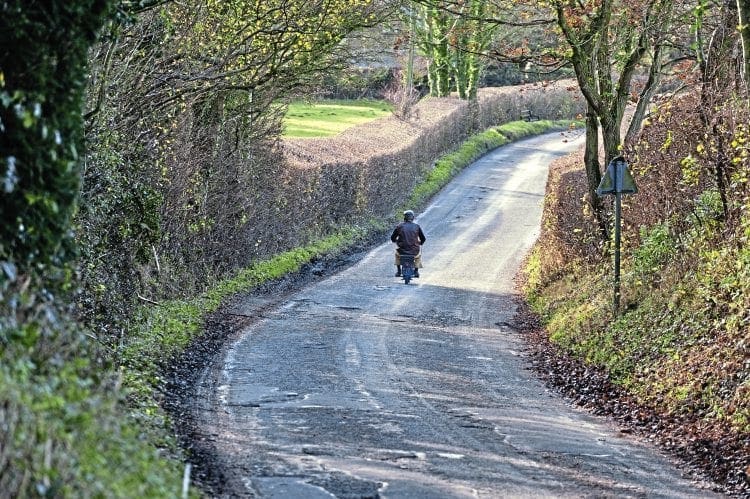
Beats a Vespa any day of the week I’d say, and is possibly cheaper, too.
Read more News and Features online at www.classicbikeguide.com and in the May 2020 issue of Classic Bike Guide – on sale now!


